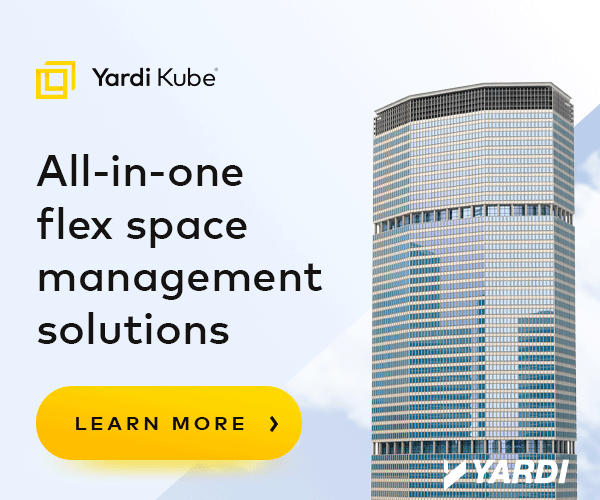Flex office take-up is soaring
in the suburbs- here’s why
NEWS / 24 MARCH 2025

Five years after Covid-19 shook up the way we work, flexible office take-up is soaring, especially in the suburbs. New research from The Instant Group reveals a significant shift in demand away from traditional city-centre offices, with suburban and tertiary city locations experiencing an unprecedented boom. Here’s what you need to know.
According to Instant’s latest study, companies are no longer seeing flex as a strictly city-centre affair. Commuter hotspots like Uxbridge, Slough, and Romford have seen demand for flexible workspaces skyrocket by 88%, 42%, and 37%, respectively, as professionals ditch long commutes for offices closer to home. The trend is mirrored across the UK, with places like Solihull (+73%), Oxford (+36%), and Livingston (+12%) seeing a surge in interest.
This shift is more than just a preference for convenience- it signals a broader evolution in workplace strategy. As hybrid and flexible work models become the norm, businesses are recognising the value of high-quality office space within local communities. Beyond benefiting employees, this decentralisation has the potential to reinvigorate suburban economies by increasing foot traffic and supporting local businesses.
John Duckworth, Executive Director at The Instant Group, clarified the suburb surge: “Demand for flexible workspace has grown over the last five years and continues to mature to reflect the greater adoption of hybrid and more flexible ways of working and changing occupier demands. In the early months of the pandemic, as working patterns continued to be disrupted, there were a lot of discussions around hub and spoke office strategies and whether there would be a rise in flex workspaces outside of core city centres.”
While London remains a key player in the flex market, its share of overall demand is shrinking as suburban and regional markets gain traction. On a global scale, flexible workspace supply has expanded by 15% since 2019, with UK growth at 4%. And it’s not slowing down anytime soon. According to Instant, by 2030, 60% of landlords expect over 30% of their properties to include flexible workspace options, while 80% of flex office operators plan to expand by 2026.
Simultaneously, businesses are scaling up. Since 2019, the average workspace size has grown by 22%, driven by larger corporates opting for managed and flexible office solutions, Instant says. The trend is even more pronounced in major cities, with Manchester leading the way at a 58% increase, followed by London at 41% and Liverpool at 30%. As hybrid work cements itself as a long-term reality, businesses are securing larger, more adaptable offices to meet their evolving needs.
John continues: “What we are increasingly seeing in the UK market is the opportunity for people to work their city job from their local community. The record demand we have seen for flex workspace in smaller cities, towns and in the suburbs is illustrative of this growing trend. The office market is going to continue to evolve and adapt to meet demand over the duration of 2025 – and as flexible working permeates beyond larger cities, consumers will see even more choice than ever before.”
To stay up to date on Instant's's activity and more flex research, be sure to subscribe.










Written by
Flex and The City